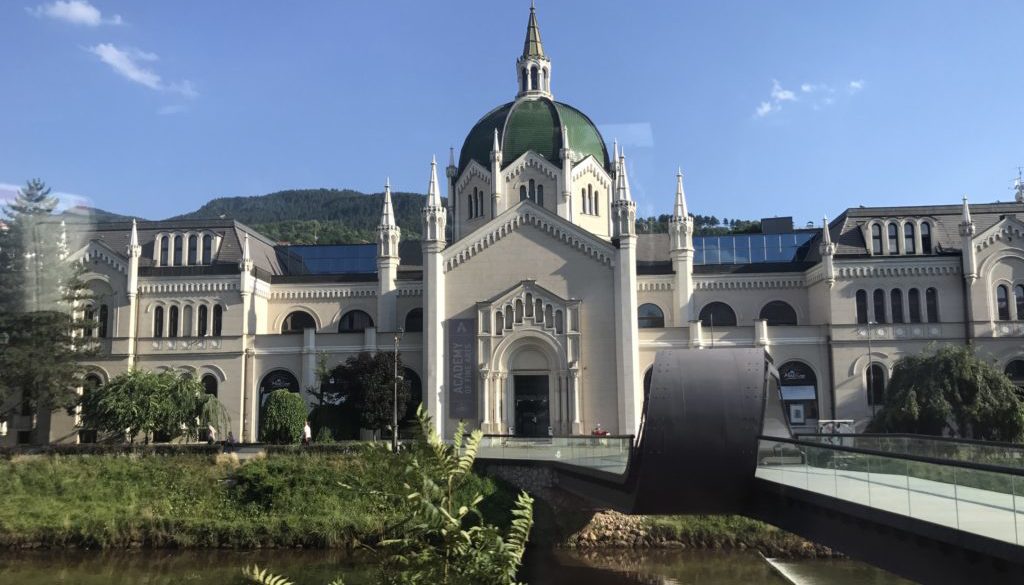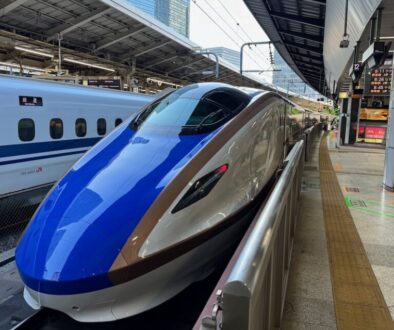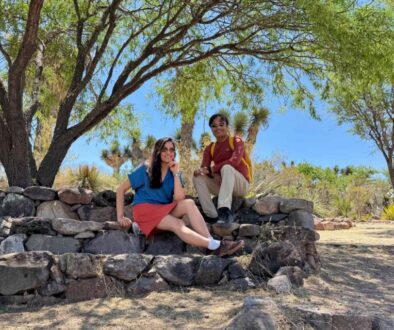Sarajevo under Siege (1992-96)
“Enes! Take off that red shirt!” screamed a mother at her little son, “or the snipers will shoot you!”. Those were the days of Sarajevo under Siege when anyone, even a toddler could be shot if spotted. Those were the days when Sarajevo was under siege by the Bosnian-Serb forces. Those were the days when the people of Sarajevo lived undercover because their city was literally on fire.
Have you thought – what is the state of the cluster of Eastern European countries that were once great Yugoslavia? What happened to the famous Tito’s legacy? What really happened during those fateful days, months and years as families endured fire, bombings, shelling, looting, smuggling and more? What is life like today in these countries?
No? You are not alone. No one thinks of these questions or even knows to ask.
In the summer of 2017, we took a road trip through the Balkans and met wonderful people along the way. We spent days with people, young and old who lived through the wars and the rebuilding of their countries. Their stories are fascinating and moving. They tell stories of fear and hope, of hate and love.
Setting the Context
Sarajevo, the capital of Bosnia & Herzegovina, has many tumultuous stories, with a major war breaking out about every 50 years.
More recently, Sarajevo was under Serbian siege for nearly 4 years, from April 5th, 1992 to February 29th, 1996 – 1,425 days to be precise. It was the longest continuous siege of a city in modern history. As the rest of the world watched, over 55% of the population left Sarajevo or perished. Also, during the siege babies were born, kids grew up, people fled and life happened.
On our trip, we spent a day with 29-year-old Enes, a local guide, historian and ambassador for peace. He was a toddler when the siege started and has lived his entire life in Sarajevo, although he jokingly dreams of moving to his favorite country, New Zealand.
This is the story of Sarajevo under Siege as narrated by Enes, the young man that grew up in this city in times of war and peace. Now he gives paid and free walking tours of Sarajevo and shares the story of his city and country.
Leading up to Sarajevo’s Siege
After the Second World War, Josip Broz Tito united the six Balkan republics that formerly comprised the Kingdom of Yugoslavia into the Federal People’s Republic of Yugoslavia. He had a special charisma, a wartime legacy as the ‘liberator of Yugoslavia’ and a diverse background spanning multiple Balkan republics – to unite all the people. While many in the west thought of him as the archetypal communist dictator, the people of Yugoslavia loved him. As we heard from people in many of the Balkan countries, life in Yugoslavia at the time was the best they’d had before or thereafter.
9 years after Tito’s death, Serbian nationalist radicals brought Slobodan Milošević to power in Serbia on a wave of nationalist ideology akin to making ‘Serbia Great Again’ – where Belgrade would strengthen its influence, and centralize political and administrative control in Yugoslavia. Life would be worse for the rest of the Balkans. Fairly quickly, Slovenia, Croatia, and others left. Bosnia had a referendum in which 64% of the people (Catholics and Muslims) voted to leave Serbia. Ethnic and power wards broke out all over the Balkans. Mostar, Croatia, Sarajevo, Kosovo and many of the countries suffered immensely during the period. A more detailed account can be found on many sites like Wikipedia
Start of the Sarajevo’s Siege
Serbians and Bosnian-Serbs wanted to take control of the city, which meant that either the non-Serbs in Sarajevo would have to flee or risk death. Strategically, they first destroyed the electric power plants, water treatment & supply routes, communication and hospitals. The goal was to quickly surround the city, breakdown life and declare Serbian authority. The siege made survival nearly impossible but some people prevailed through sheer perseverance.
Family Life During the Sarajevo’s Siege
During the four years of shelling, half the population of Sarajevo left the city. The few like our guide, Enes’s family, decided to stay. They were forced to live underground in bunkers during shelling or for the fear of being killed any time of the day or night. But without air circulation, the basement would stink.
Enes’s mom revolted and decided it was better to die while living in their home than to live in the stinky basement. His father finally yielded and they moved back into the house thus maintaining a little bit of decency in their lives. Miraculously, they survived, but some family members were not as lucky. Even today there are many apartment buildings with holes from gunshots and shelling.
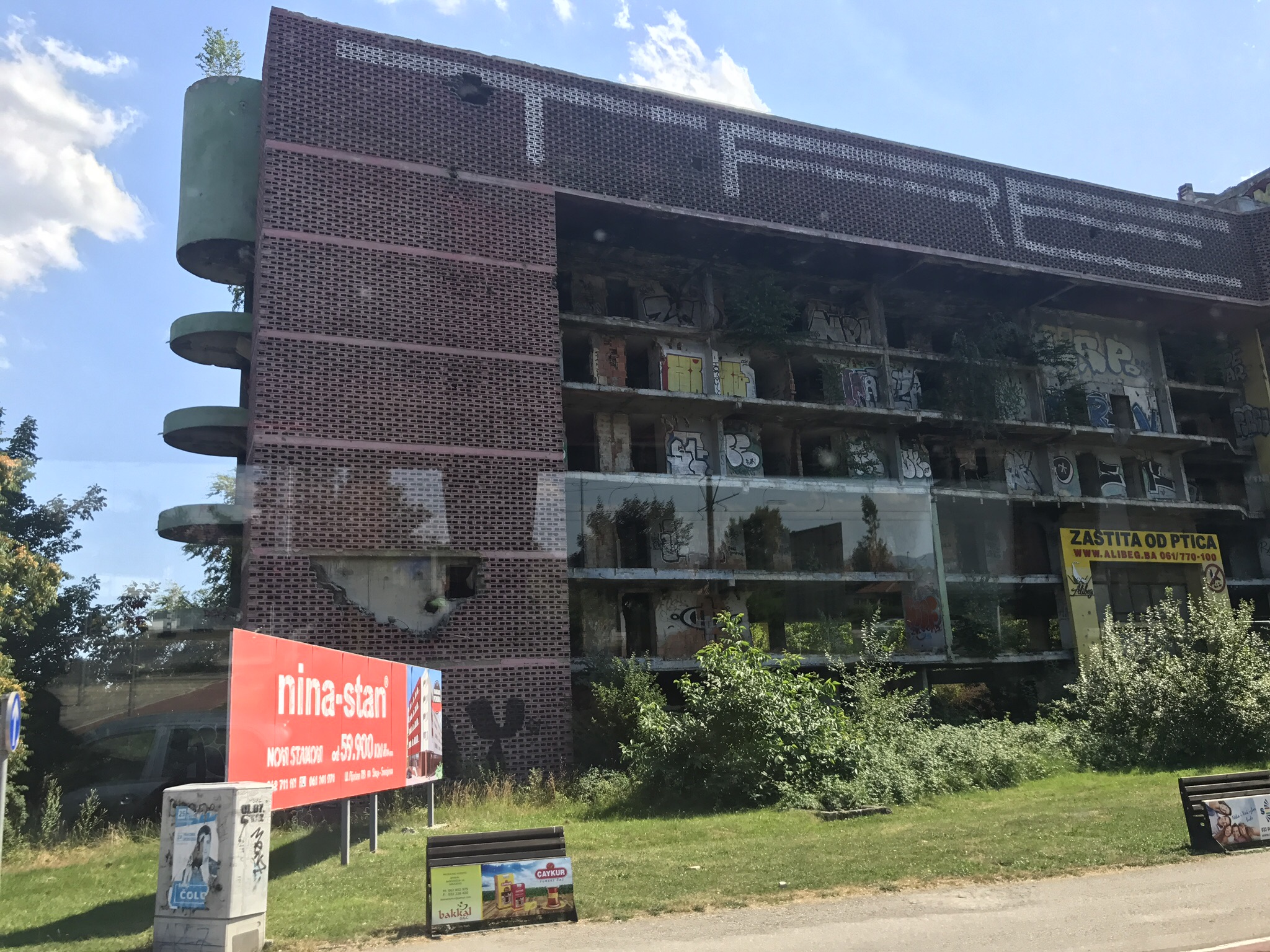
Enes’s grandfather is still missing and they continue to search for his body. He was possibly killed in the massacre on July 13, 1995, in Srebrenica. Those that survived didn’t do too well either. They can’t even bear the sound of fireworks as they recall chilling memories.
Food and Water in Sarajevo under Siege
Everything was rare and extremely expensive. There was little or no food to buy. One of the few things Enes’s mom cooked, under the circumstances, was a nettle pie, – made from the stinging nettle leaves.
One can survive without food for days! As Enes says, our bodies need very little food. But, without water, we can’t last more than 2 days. So people risked their lives to get water!
They had two major functional sources of water, the beer factory and the streams in the woods.
- The beer factory was more convenient, so lines formed outside in the open for people to get water. That meant they became targets for snipers. Many men, women, and children were shot, standing in line for a drink.
- Stream water was another source of survival, so mines were laid in the woods. Anyone desperate enough for water or shrubs would have a good chance of being killed.
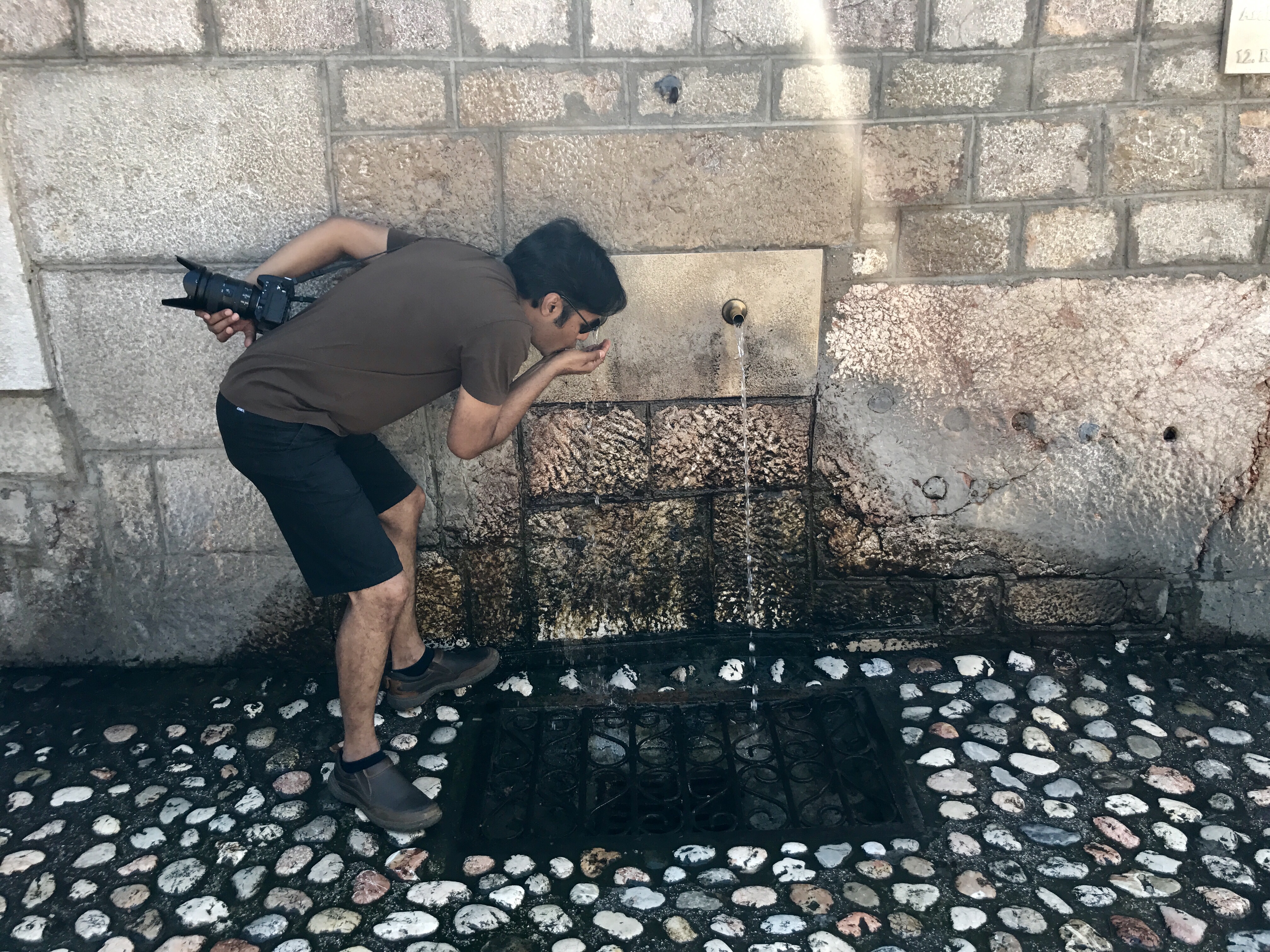
Getting food was filled with risks too because people standing in line make easy targets.
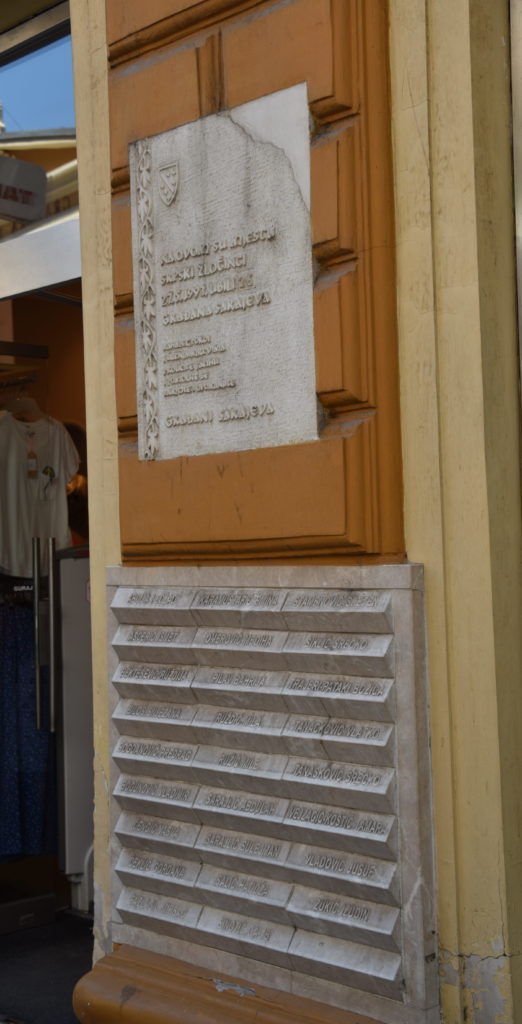
Food in the form of aid was received from NATO and the US. But, to our horror, the food handed out was just about ancient and inedible. Enes got tuna cans from the Vietnam war!!!!
School when Sarajevo was under Siege
Moms wouldn’t let their kids wear red shirts when stepping outside for fear that they would be easy to spot by snipers. Schools were easy targets so kids like Enes and his friends didn’t go to school. The schools were shut down. But parents needed the kids to stay busy and learn for when the war got over. In an attempt to do so they created makeshift schools in basements and homes. The kids got an education, made friends and had fun in these makeshift schools. They also learned techniques to make it safely back and forth, without getting shot.
The Tunnel of Hope
Where there is evil, there is equal amounts of goodness. While the tunnel may not have saved Sarajevo from the Siege, it certainly kept people alive until the war was put to an end.
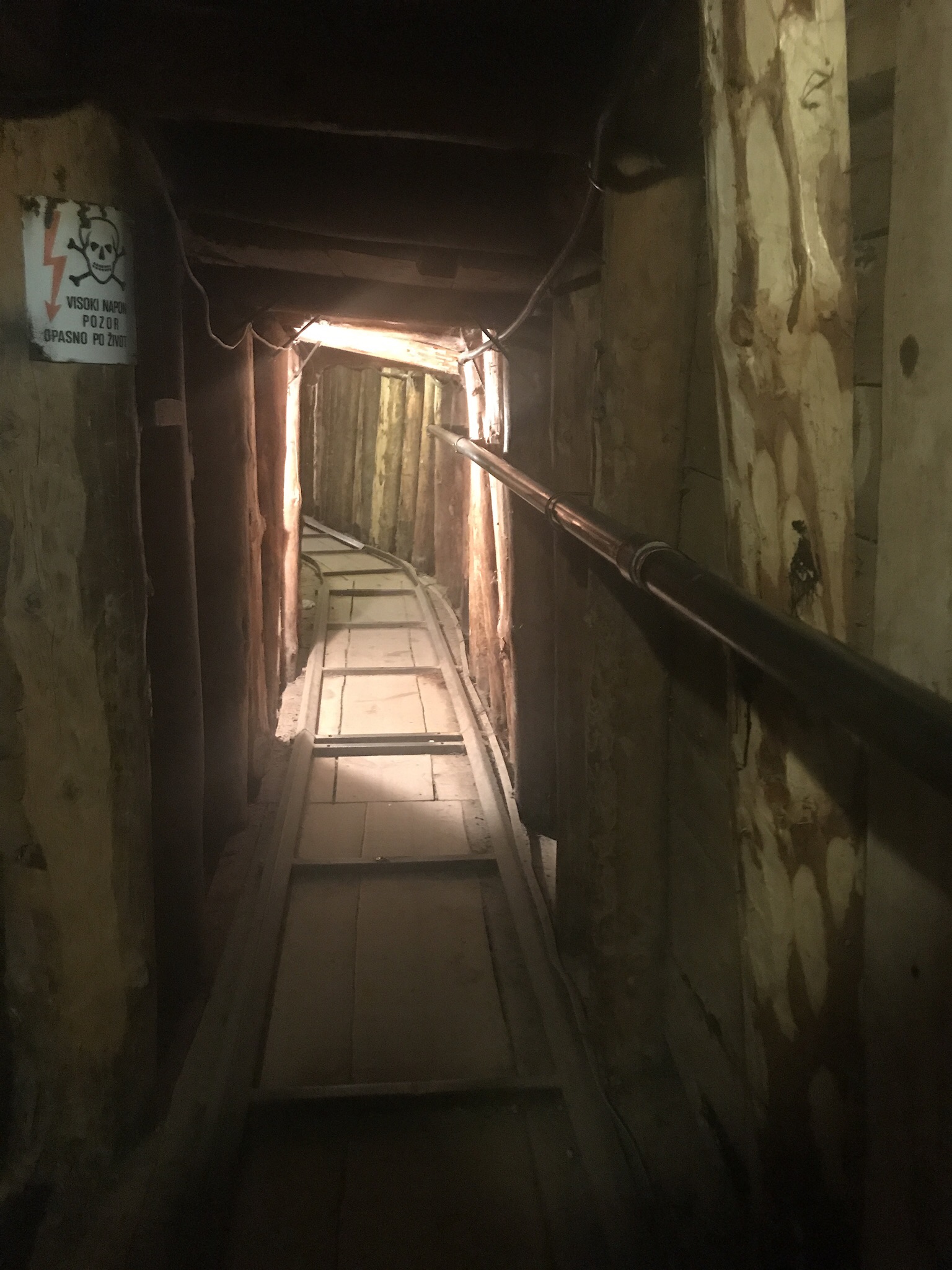
Knowing that the world could do nothing, the people, police and remaining army forces had to figure out a way to save the city by themselves. They certainly could not fight the opposing armed forces or find a path over ground beyond the controlled area. But there was the airport, which was under NATO control, so they could dig a tunnel under the airport area, without the Serbian forces right above them.
They dug the tunnel from both sides of the airport – inside Sarajevo and outside the controlled area. It took four months with hand shovels and buckets. With ingenious engineering, both ends met at the same point under the ground!
The Kolar family that volunteered their home for the tunnel built a museum that tells the story of the tunnel.
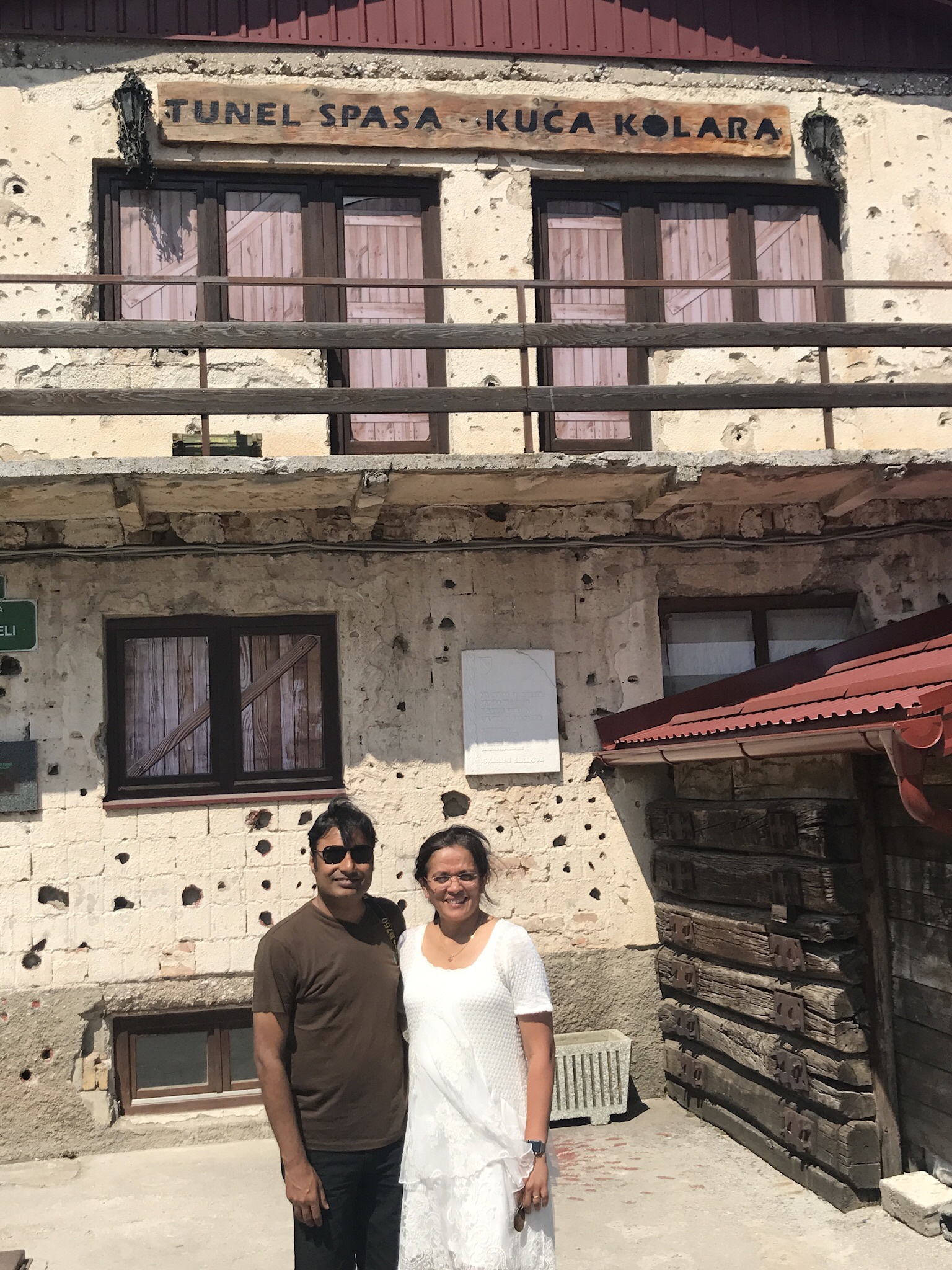
Read more about the Sarajevo’s Tunnel of Hope.
Hobby Shooting during Sarajevo’s Siege
We hear about the kindness of some amazing people throughout our lives and in history. For me, the hardest thing to comprehend was how low some humans stooped during this war. It’s crazy how people can command others to shoot people. It’s traumatic to think people would plant bombs or shoot at other fellow living beings, just because they had an order to kill.
But it’s completely mind-boggling how this became a sport during Sarajevo’s Siege. It was shocking to hear that people actually paid the Serbian forces for the opportunity to become snipers and to shoot at people and children on the streets of Sarajevo.
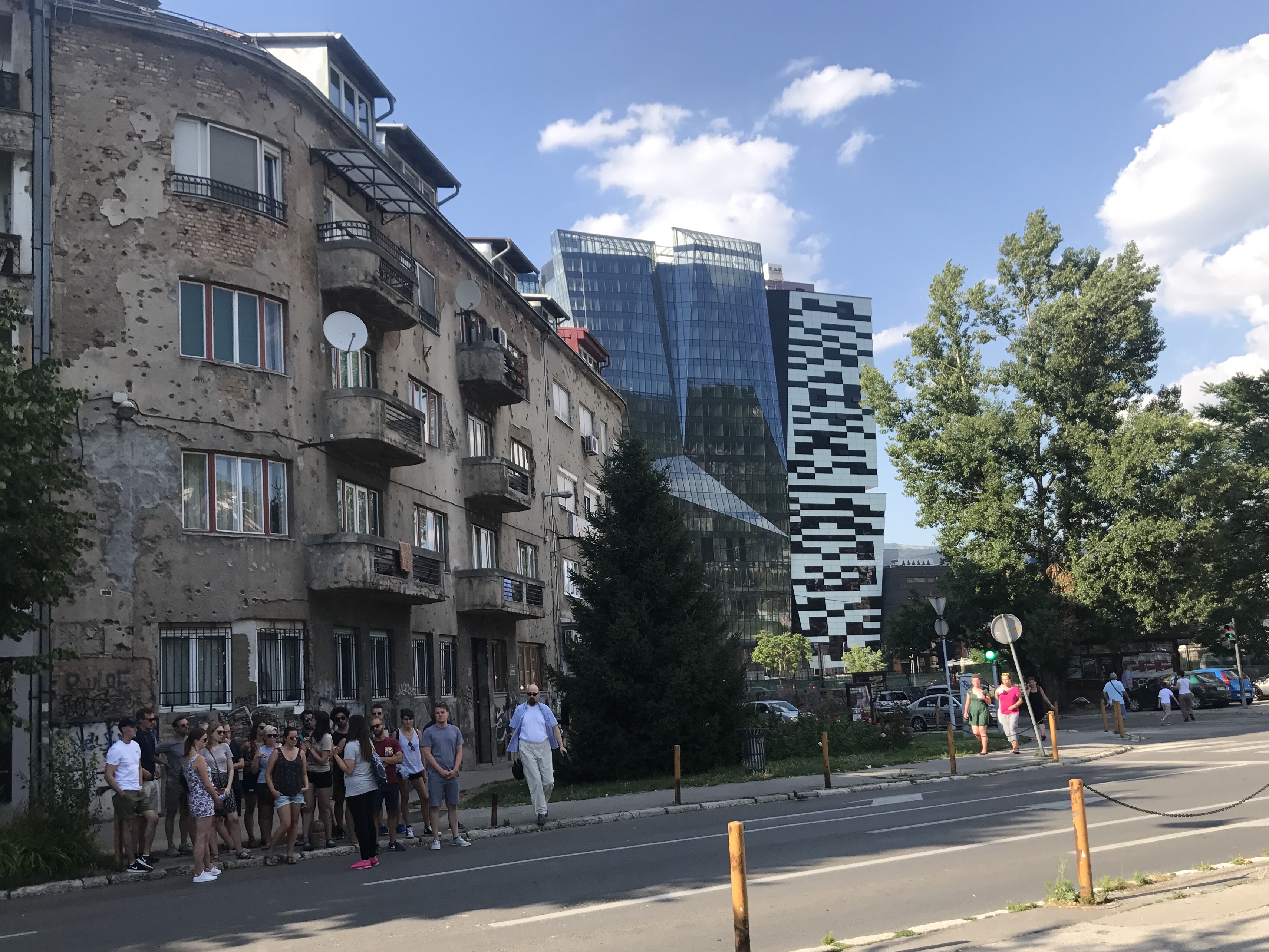
Muslim and Jewish Friendship in Sarajevo
While the world knows of the Muslim-Jewish conflicts in Israel and the Arab world, little is known of their comradeship in Bosnia.
Back in the fifteenth century Jews escaping Spanish terror made a home in the Ottoman-ruled Sarajevo. During World War II when Bosnia was occupied by Croatia (a Nazi puppet state then) most Jews, Gypsies and minorities were marched to the concentration camps. But, the Muslims protected their Jewish neighbors by hiding them in their houses – giving them Muslim names and treating them like family. A Muslim librarian also saved the all-important Sarajevo Haggadah when the Nazi came to destroy one of the most precious collections of Jewish books.
As good neighbors, when Sarajevo was under siege in 1992, Jews helped thousands of Muslims escape. They even consented to the Jewish cemetery being bombed by Sarajevo because the Bosnian-Serbs forces were hiding and shooting from there.
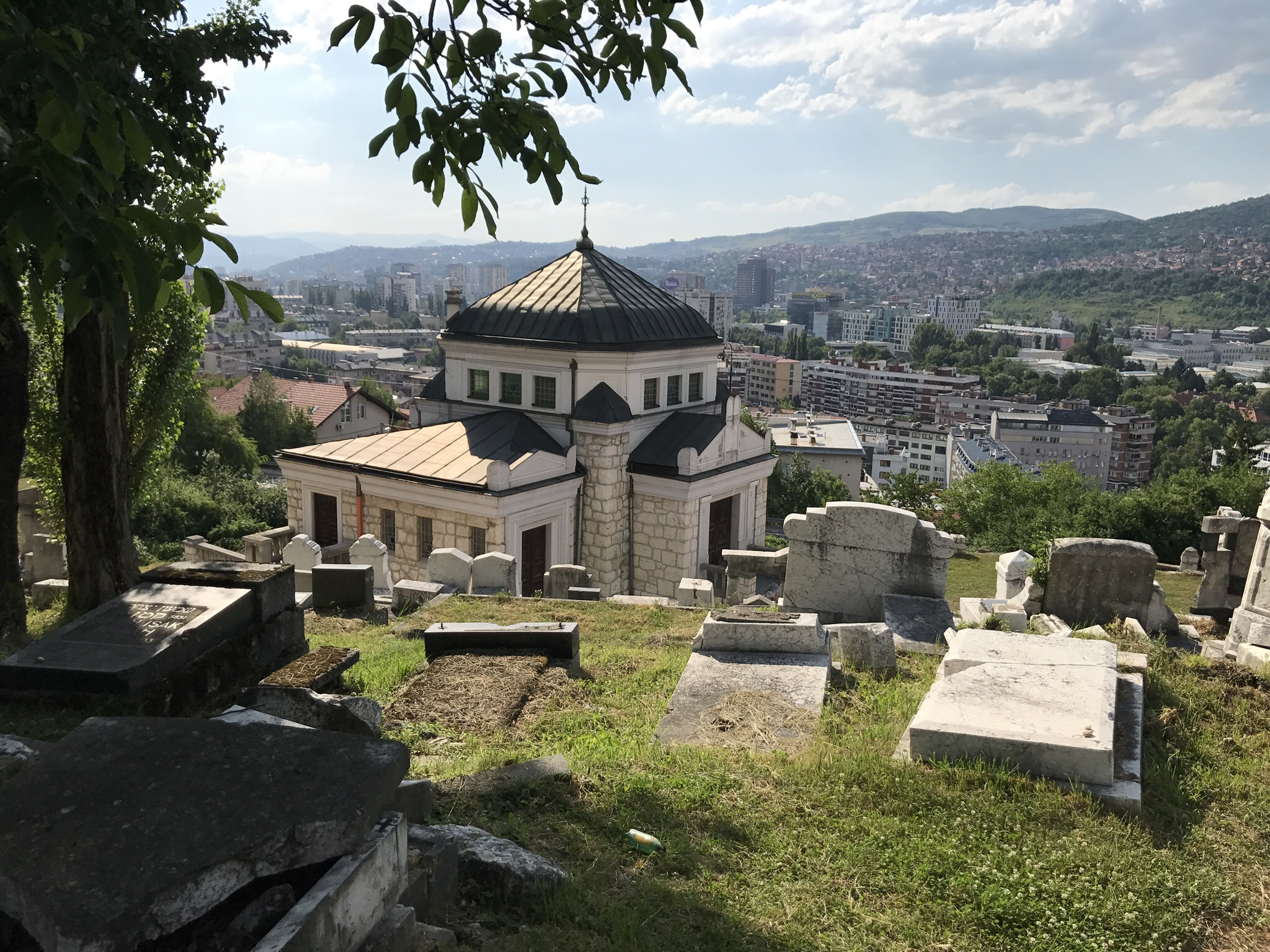
Before World War II Sarajevo was 20% Jewish. Today the Jewish population has decreased to under 1,000.
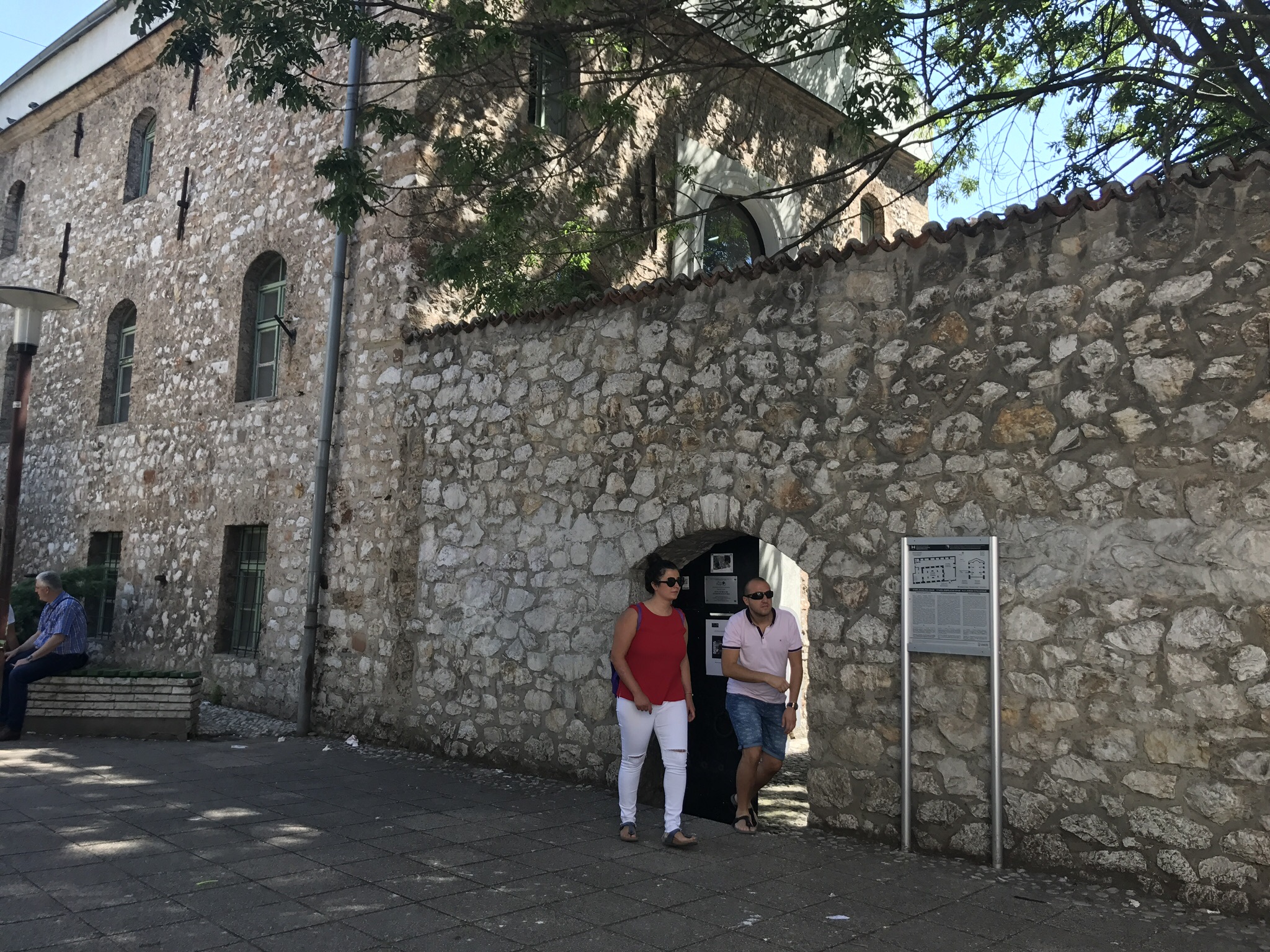
Bosnia & Herzegovina’s Cease Fire and Politics Today
On July 11th, 1995 the unthinkable was done. The Bosnian Serbs killed 8,000 Muslim men in the Srebrenica massacre. NATO then attacked the Bosnian-Serb forces. On Nov 21st, a peace deal was brokered in Dayton, Ohio between Bosnian Muslim President Alija Izetbegovic, Croatian President Franjo Tudjman, and Serbian President Slobodan Milosevic.
Enes’s mother cried at the news that the war had ended because, with the Dayton Agreement, Bosnia & Herzegovina became an irreconcilably divided country. It is governed by a complex administration in which, three concurrent presidents take turns at holding power. No one cares for unity, peace or the well-being of the people.
As a result, Sarajevo has few extremely wealthy and mostly poor people. There is 40% unemployment and 70% of the youth have no jobs or hope. People, especially the highly educated population, continue to leave for other countries.
Life in Sarajevo Today
Today as always, Sarajevo, capital of Bosnia & Herzegovina is very cosmopolitan. Muslims, Catholics, Orthodox and the minority Roma and Jewish populations live together in harmony. They all want peace. As Enes, our young guide says – religion is a private matter. What really matters is if one can care as a neighbor and be friends.
More Articles from our Balkans Roadtrip
Balkans Tour, Itinerary, Road Trip and Tips and stories from the trip –
Stories from Bosnia & Herzegovina –
- Jews and Muslims of Sarajevo and the comradery among the groups in Sarajevo.
- Sarajevo Tunnel of Hope that kept the city alive through the siege.
- Stories of Sarajevo Under Siege, as told by a life-long resident.
- Mostar, one of the worst-hit towns during the civil war
- Jablanica, site of the battle of Neretva in WW II
- Blagaj, a monastery of Dervis order
- Pocitelj, a medieval city perched on a mountain
Stories from Dubrovnik
- Historic Stories of Dubrovnik
- Dubrovnik Wall Walk and Views
- Visiting Dubrovnik, the Picture Perfect Fort City
Stories from Kosovo
Tips for a Balkans Roadtrip from our weeklong trip through Bosnia & Herzegovina, Kosovo, Serbia, Albania, Macedonia, Croatia and more.

